FCSI member Juan Martinez of Profitality recaps FE&S’ Tour the Trends event, which featured stops in Wrigley Field, Hotel Zachary, Maddon’s Post, Big Star and Mordecai.
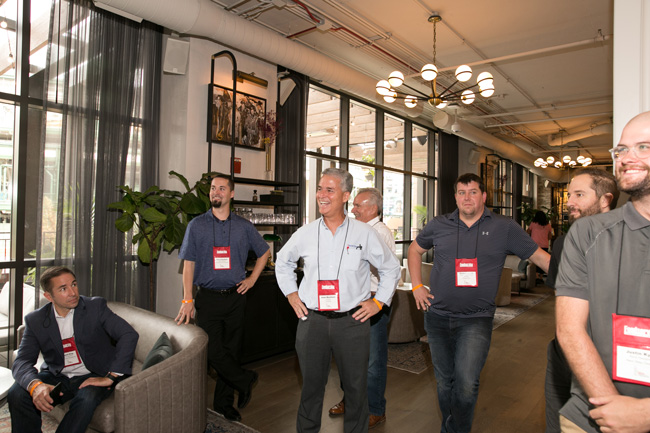
I had the chance to participate in FE&S’ first-ever Tour the Trends event in Chicago. During this event we had the opportunity to visit not only the foodservice program at Wrigley Field, which recently got a significant upgrade, but also nearby concepts that were relatively new to the neighborhood. I don’t know about you, but I like to jump on any opportunity to participate in sessions like this one. I not only got to see innovative concepts, but also spend time breaking bread and sipping drinks with my industry friends and colleagues.
FE&S Publisher Maureen Slocum and Editorial Director Joe Carbonara opened the session with the purpose and the plan for the day. Joe also reminded us that operators’ business proposition rests on offering convenience, value and efficiency. Although efficiency has long been part a key element in any operator’s success it has become more mainstream given that today’s consumers tend to favor off-premise consumption of the food they order. As a result, providing more efficient and convenient ways for consumers to access food has never been more important. Given my Industrial Engineering background, having the notion of efficiency front and center in today’s foodservice design is music to my ears.
Joe also went through some examples on how typical retailers now bring food into the mix and how some foodservice concepts now bring more retailing into their businesses. He also cited an example from one chain that shows space remains at a premium and making the concept as small as possible, but with firepower to drive sales, is a keys to grow in the foodservice arena.
Then we went off to tour the innovative concepts in the neighborhood. I was in the group that visited (in order) Maddon’s Post, Big Star, Mordecai + Hush Money, Hotel Zachary and then four clubs in Wrigley Field, as well as the stadium’s commissary kitchen. If you have not been to any of these restaurants, which all sit adjacent to Wrigley Field, I suggest that you take the time to do so. For me, the next experience is to be in this area during a game day.
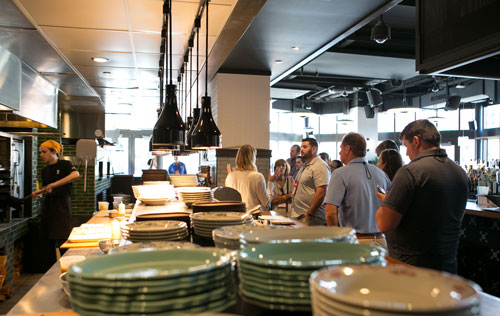 Maddon's Post
Maddon's Post
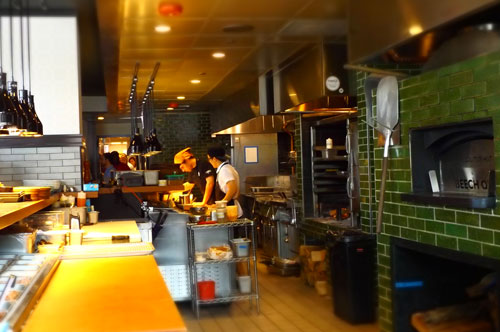 Maddon's Post
Maddon's Post
In addition to seeing innovative concepts, which I expected, the presentations also included a history lesson that linked these spaces to their roots. The stories behind concepts are fascinating to me because they shed light on the restaurant’s purpose and reason for being. It makes them more real!
One intriguing idea I learned about was about efficiency in drink preparation by pre batching alcoholic components. This approach drives efficiency by reducing five or six steps into one when a guest orders a drink. The process has another benefit; pre-mixing enhances the overall flavor of the cocktail and drinking experience for the guests. The examples provided showed how pre-mixing margarita components or several bourbons together for an old fashioned helped Big Star and Mordecai effectively and efficiently – there’s the word again! – serve high quality cocktails quickly.
For restaurants operating in the shadows of a stadium that can regularly draw 40,000 patrons for baseball games, concerts and other events, driving volume without compromising flavor is a business imperative. What stood out about these concepts, though, was their drink-forward approach. They rely on batching signature cocktails as much for the flavor as they do the efficiency.
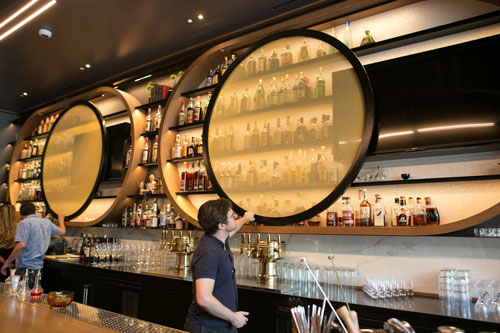 Mordecai
Mordecai
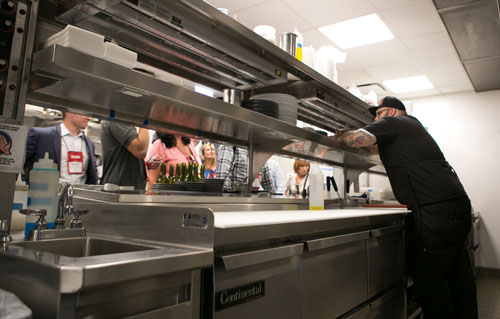 Mordecai
Mordecai
Mordecai, more of a restaurant, and Hush Money, more of a lounge, represent two concepts operating under the same ownership umbrella. Mordecai was named after Mordecai Brown, a very successful pitcher for the Chicago Cubs in the early 1900’s. Hush Money is a nod to the gambling-oriented culture of the time when Brown made his bones in baseball.
What made Brown unique was that he had three fingers and turned that perceived handicap to a competitive advantage that made him a hall of fame pitcher. His resourceful spirit lives on in Mordecai, which goes to market as a very innovative and efficient operation functioning from a compact space. Brown’s inspiring story went right down the middle of the plate for me for a very personal reason. Having a grandson that was born with Down Syndrome, a perceived handicap by some, Mordecai’s success shows me that handicaps do not have to be limiting.
No matter our role in the foodservice industry, we can all think about our perceived handicaps and figure out how to turn them into competitive advantages. Maybe these can even be part of new trends that can make us different and unique in the marketplace.
Kudos to the FE&S staff for putting together this event. See you all at the next FE&S Tour the Trends event.
 Hotel Zachary
Hotel Zachary
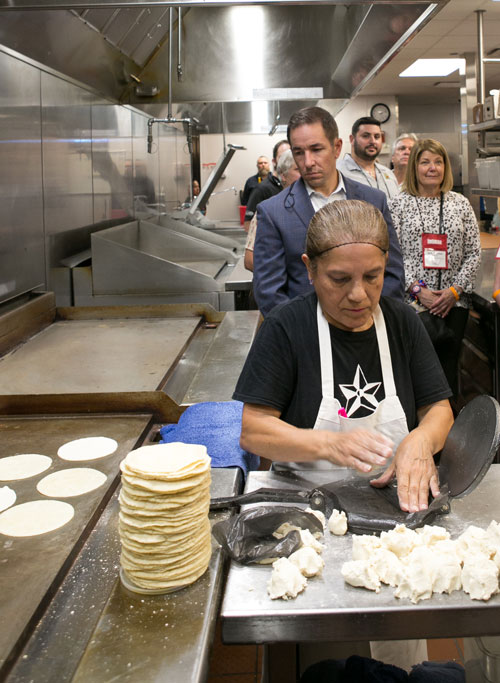 Big Star
Big Star



